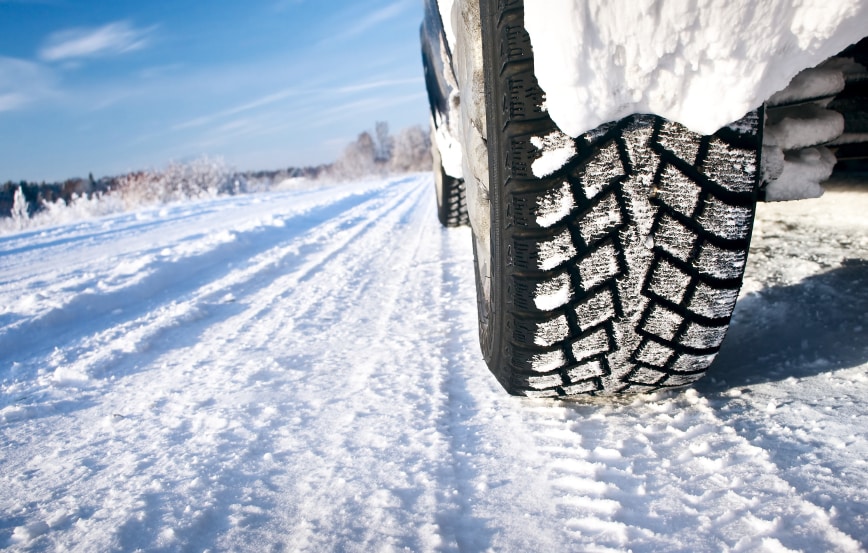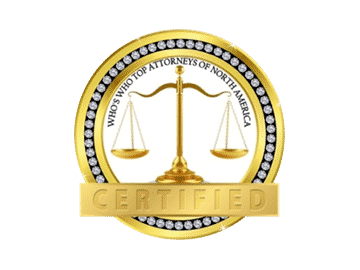2016 Winter Driving Safety Tips

New Year’s Day has passed and the 2015 festivities are over, but in New England the winter weather is just beginning. As we prepare for winter weather and conditions, it’s important to adjust driving behavior and preparation.
We’ve been lucky in 2015, experiencing milder-than-normal weather, yet it’s best to be prepared. Stay safe this 2016 winter season, paying attention to the following driving safety tips.
Carry the Necessary Equipment
Prepare for winter conditions ahead by packing needed equipment in your car. Your winter survival kit should include:
- ice scraper
- snow shovel
- sand/salt
- jumper cables
- road flares
- tow rope
- smart phone and car charger
In the event of a breakdown or accident, have the following in your car to better care for passengers and drivers while waiting for assistance:
- flashlight
- blanket
- extra clothes
- hat and gloves
- waterproof boots
- first-aid kit
- snacks and water
Watch Your Speed
Insurance agencies and police officers remind drivers to drive with reduced speed in the winter. Four-wheel drive, anti-lock brakes, and traction control help but technology is limited; awareness and vigilance are your best defense against wintry driving conditions.
Be especially cautious during certain times and in particular conditions. Some roads will be more dangerous at the onset of a storm, before they are cleared and treated. In heavy snowfall, snow accumulates substantially despite the plowing of roads. Be wary of peak travel periods in the morning and evening rush hours. Back roads can pose threats as well due to the number of people avoiding highway traffic. A change from snow to rain or vice verse can create black ice, flooding, downed limbs and power lines, and accumulated snow and slush on the roads.
Know How to Drive in Snow
Ideally, it’s best to stay off the road, but if you must drive in the snow, take added precautions and adjust your driving technique. Accelerate and decelerate slowly. Slowly accelerating helps gain traction faster. Begin braking well ahead of stop signs and red lights. Provide an eight to ten second following distance. You will need more time to stop and avoid vehicles in front of you.
If you can, try not to come to a complete stop. There’s a significant difference between starting from a stop and gaining speed from a slow roll. Don’t power up hills; gain momentum before you get to the hill and proceed down the hill as slow as possible.
Stay Aware of Local Conditions
RIDOT alerts motorists of real time conditions. In addition to the television and radio (1630 AM), stay updated by checking Facebook and Twitter.
Keep Others Safe
In addition to safe driving, be mindful of the safety of others on the road. After a storm, clear snow and ice from your car windows, hood, and roof. A sudden release of snow from a box truck, tractor trailer, or large vehicle can create a safety hazard for other drivers. Clearing snow and ice from your car keeps other drivers safe, and in Rhode Island, it’s a law.
Remember Best Winter Driving Practices
Get in a routine of modifying your driving for optimal safety. This includes:
- Driving with headlights that are clear of snow and ice
- Avoiding cruise control in winter conditions as it limits your immediate control of the vehicle
- Consulting your vehicle’s owner’s manual to learn the best method of braking in winter conditions
- Maintaining a half tank of gas at all times, which ensures heat if you get stuck or stranded
- Making sure your wiper blades are in good condition
- Reducing speed and increasing the distance between cars when driving
- Knowing bridges and overpasses are usually the first to become icy
- Staying behind plows and not attempting to pass them, especially on the right side
- Avoiding driving in snowy conditions, but if you must, alerting a friend, relative, or coworker of your route and estimated time of arrival
Seek Professional Assistance When In Need
We wish you a safe and happy 2016. Unfortunately, accidents happen, and if involved, you’ll need to seek the assistance of an experienced professional. A personal injury attorney can help you make a claim against a person or party that caused you harm. A lawyer helps educate you on the law, helps with case specifics, and identifies the types of compensation you deserve.
Be aware that personal injury cases have a statute of limitations, most between two and four years. It’s essential that you consult an attorney and immediately file a claim if you are injured in an accident.











